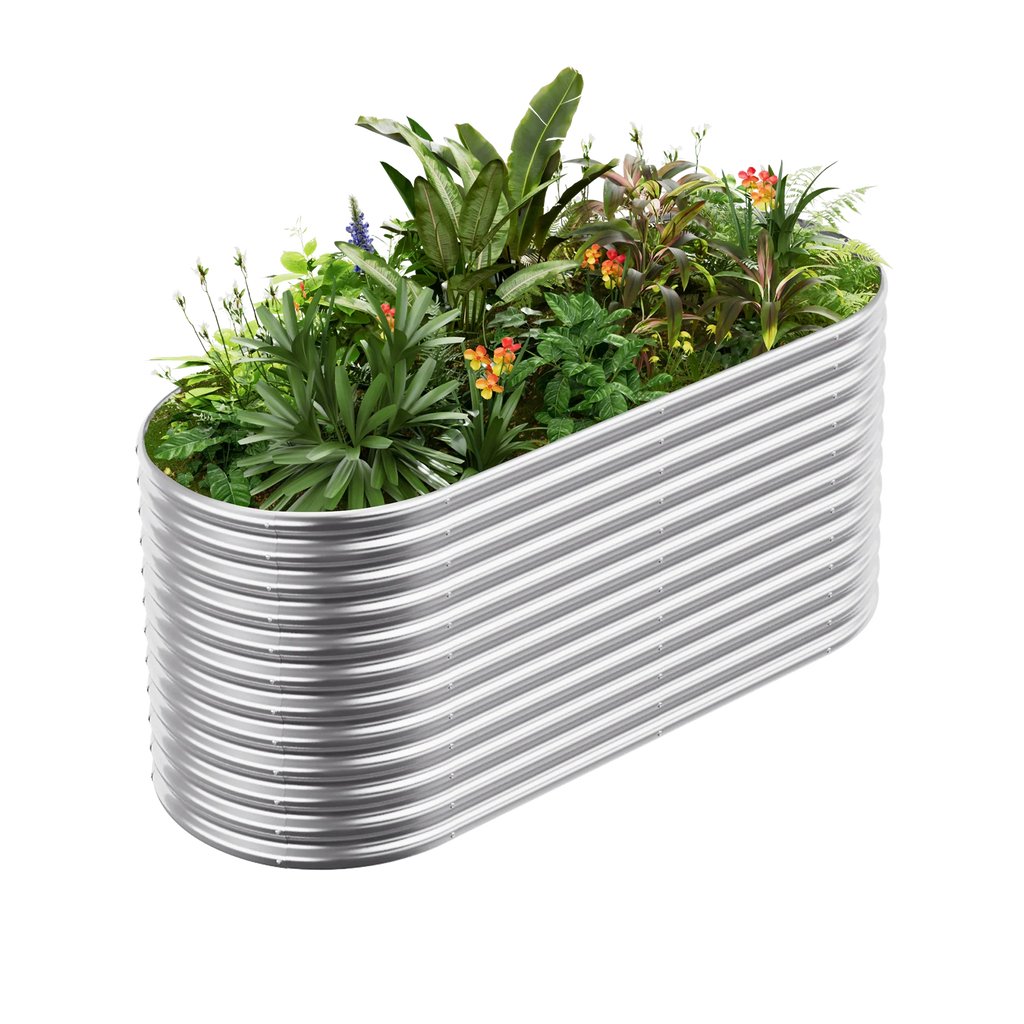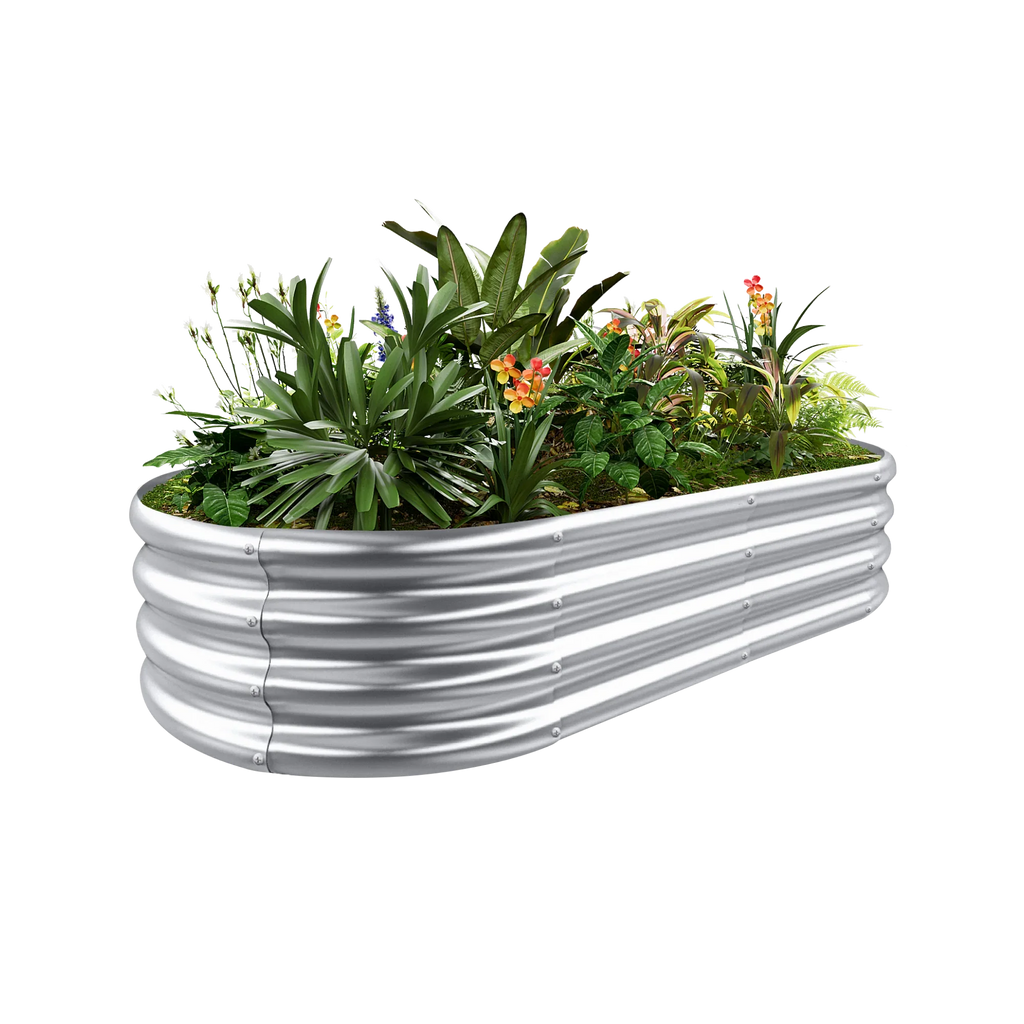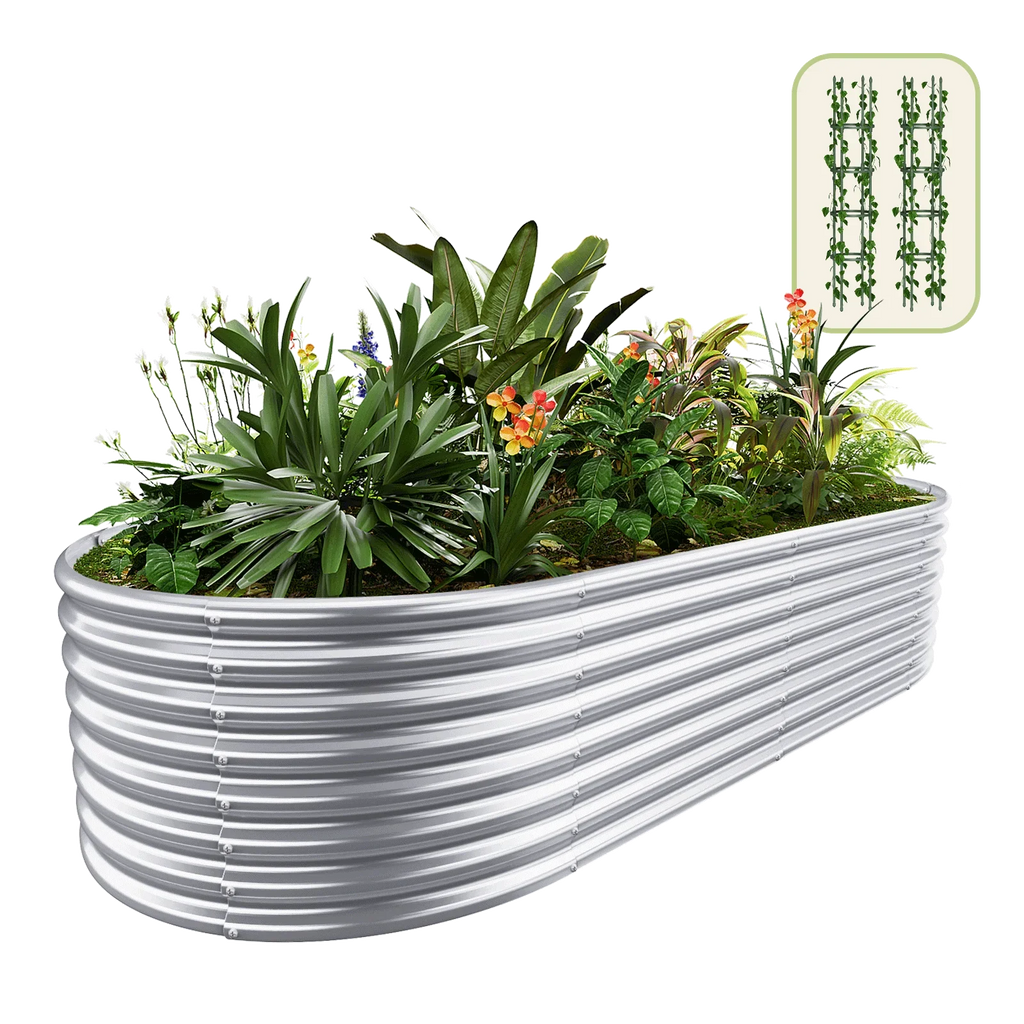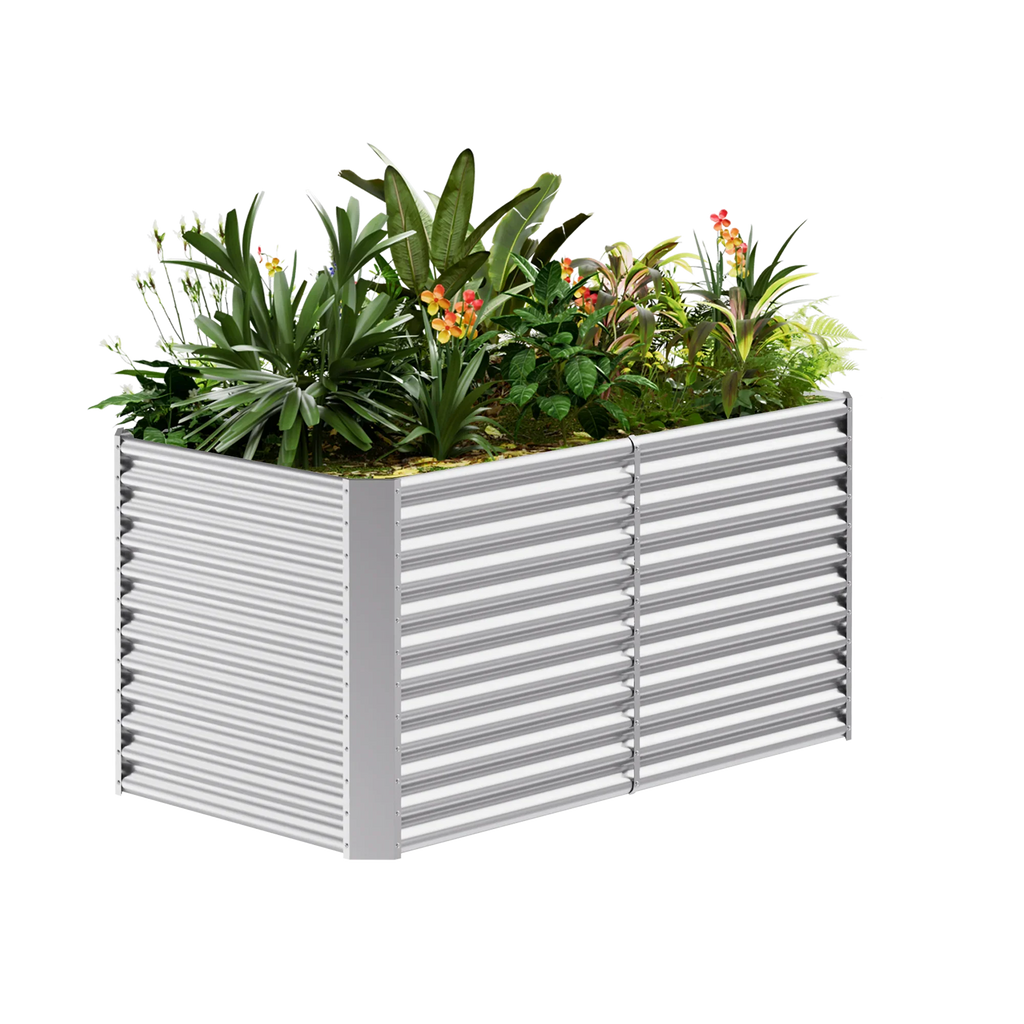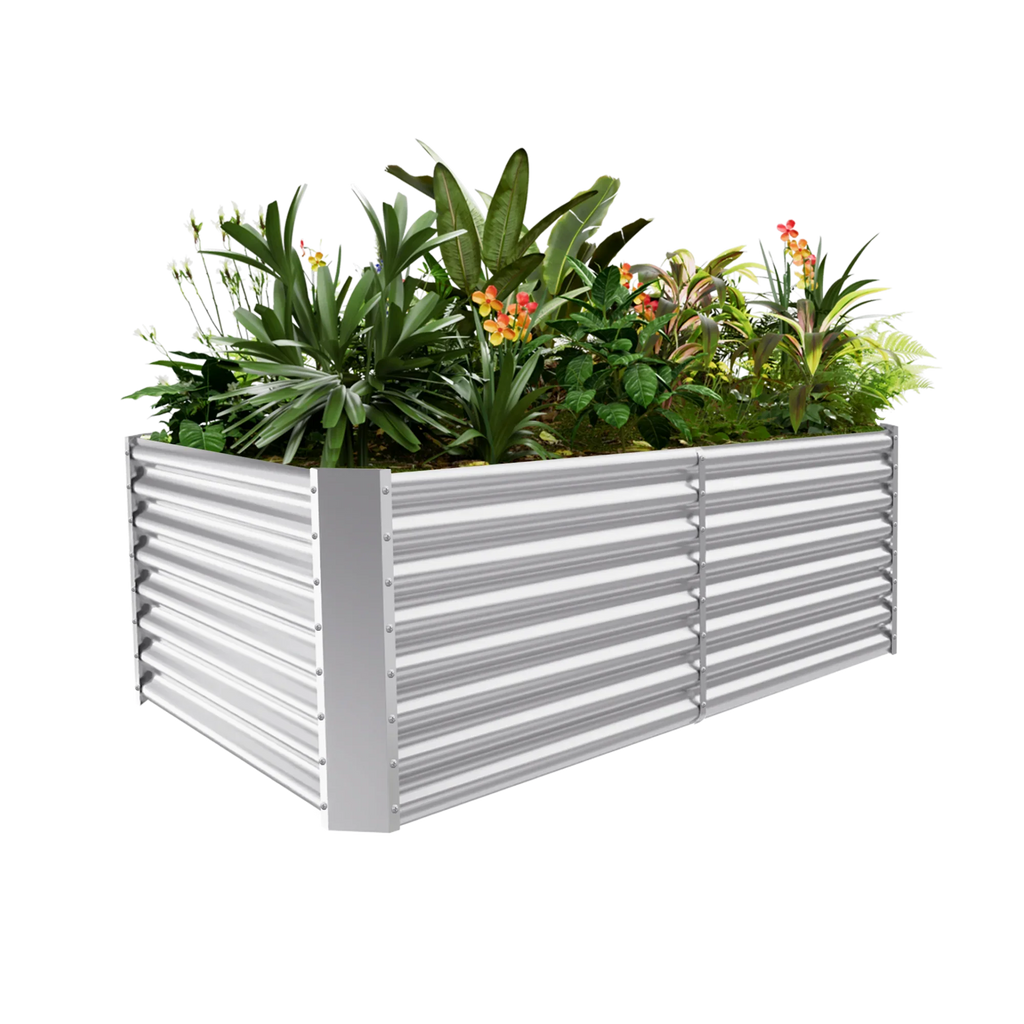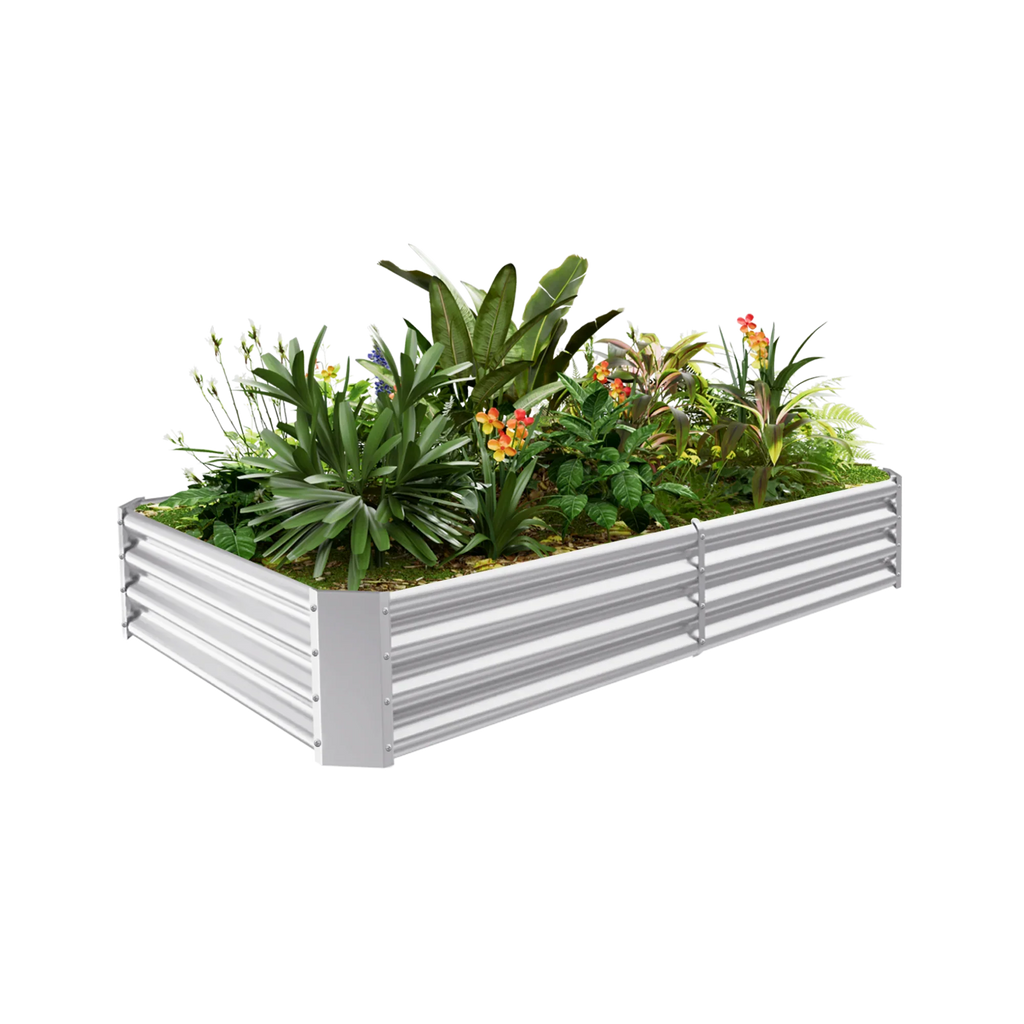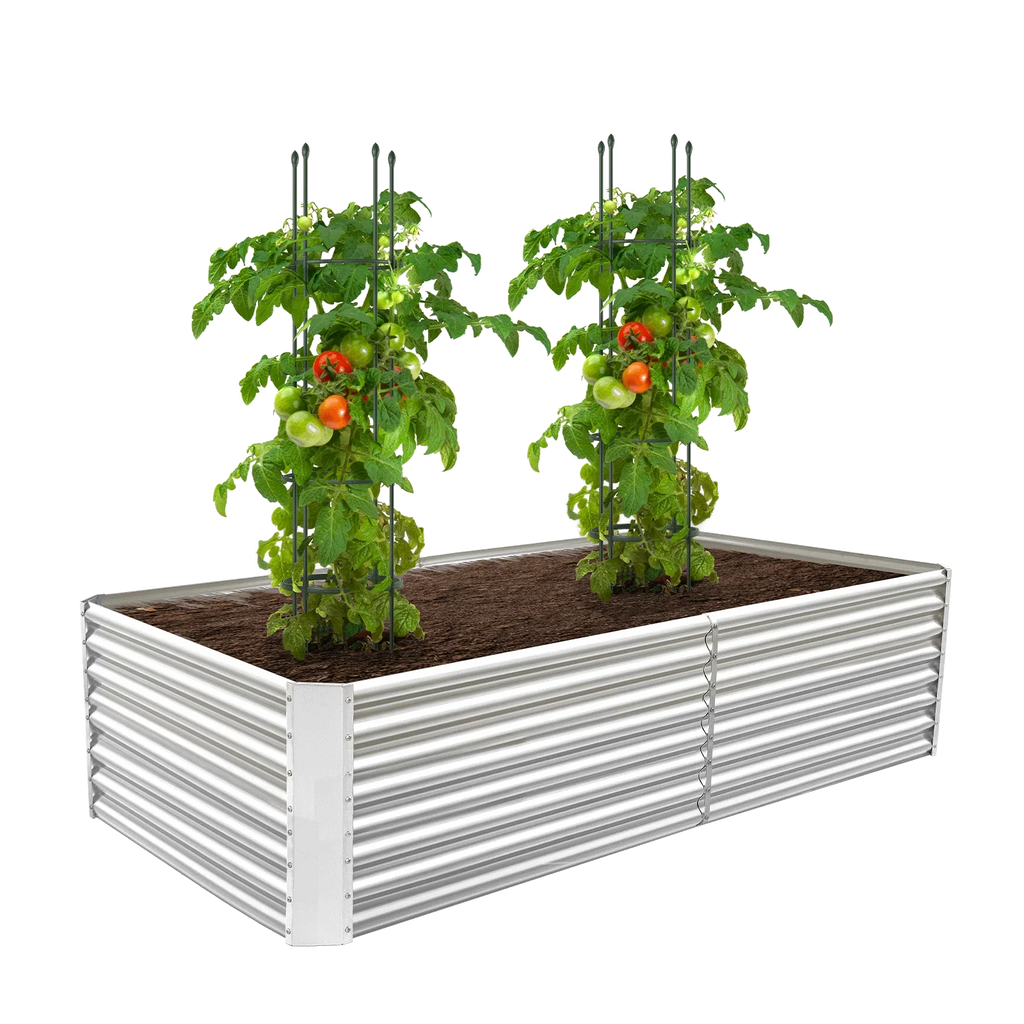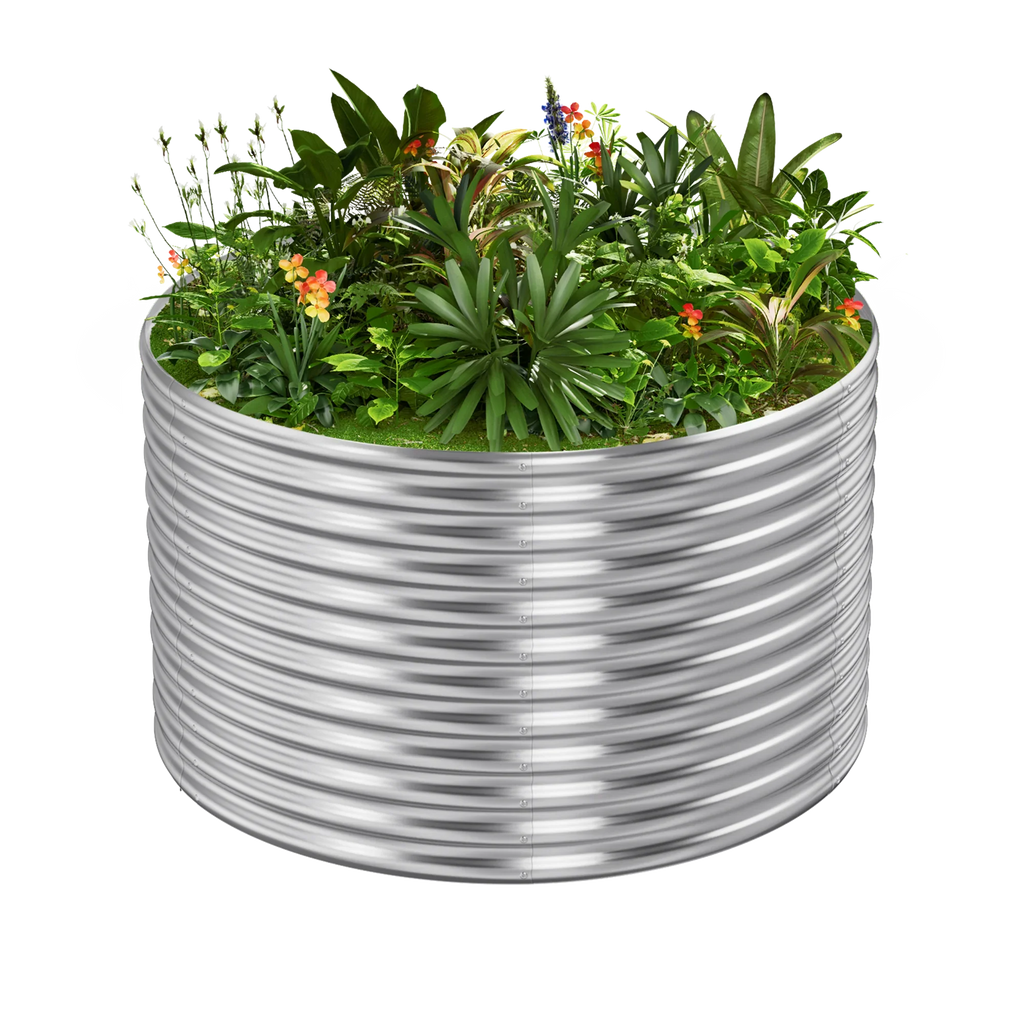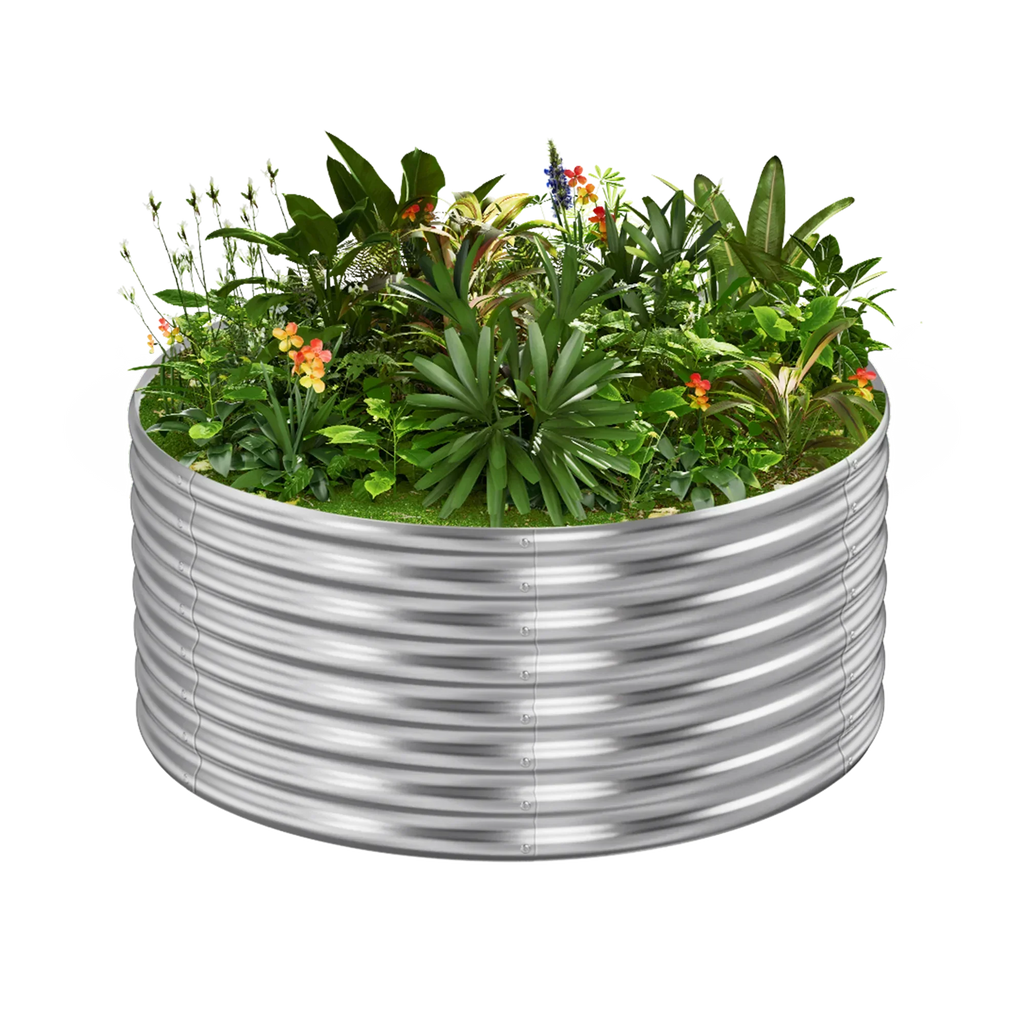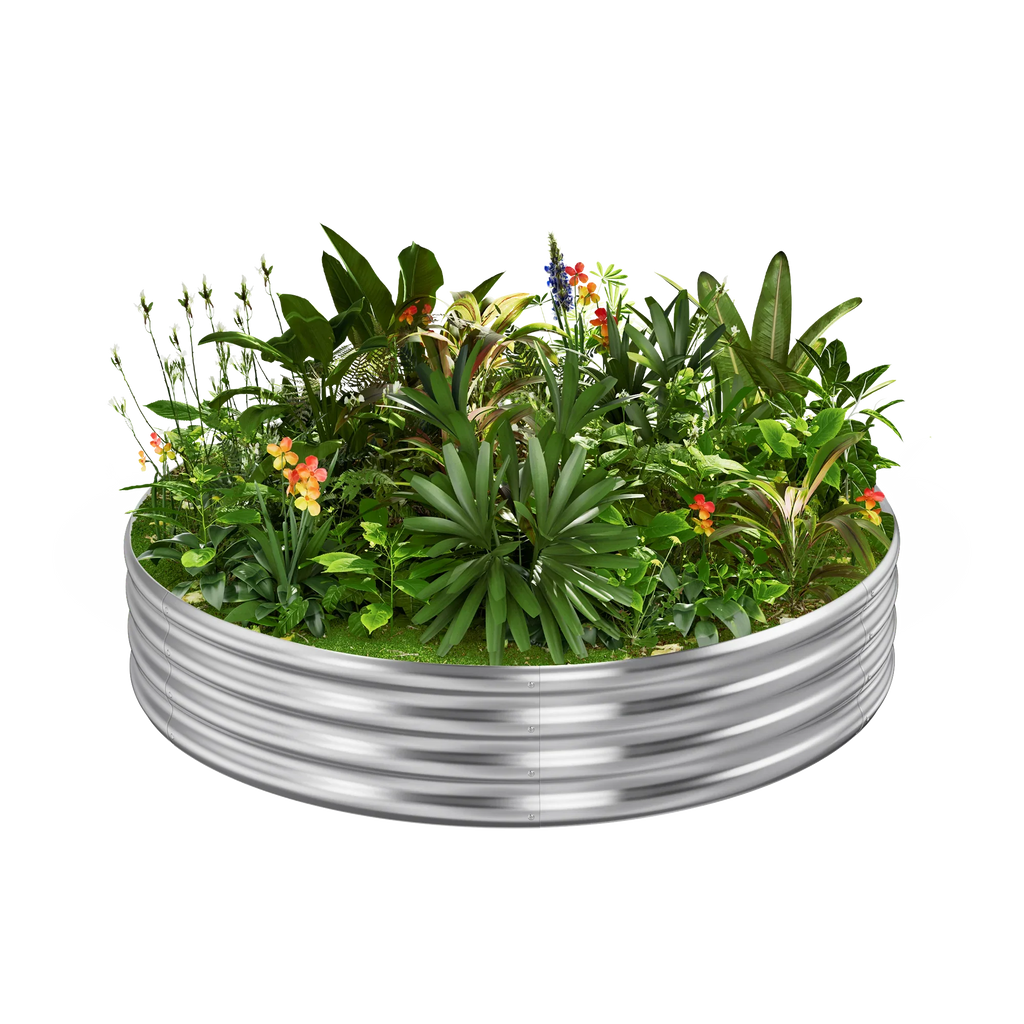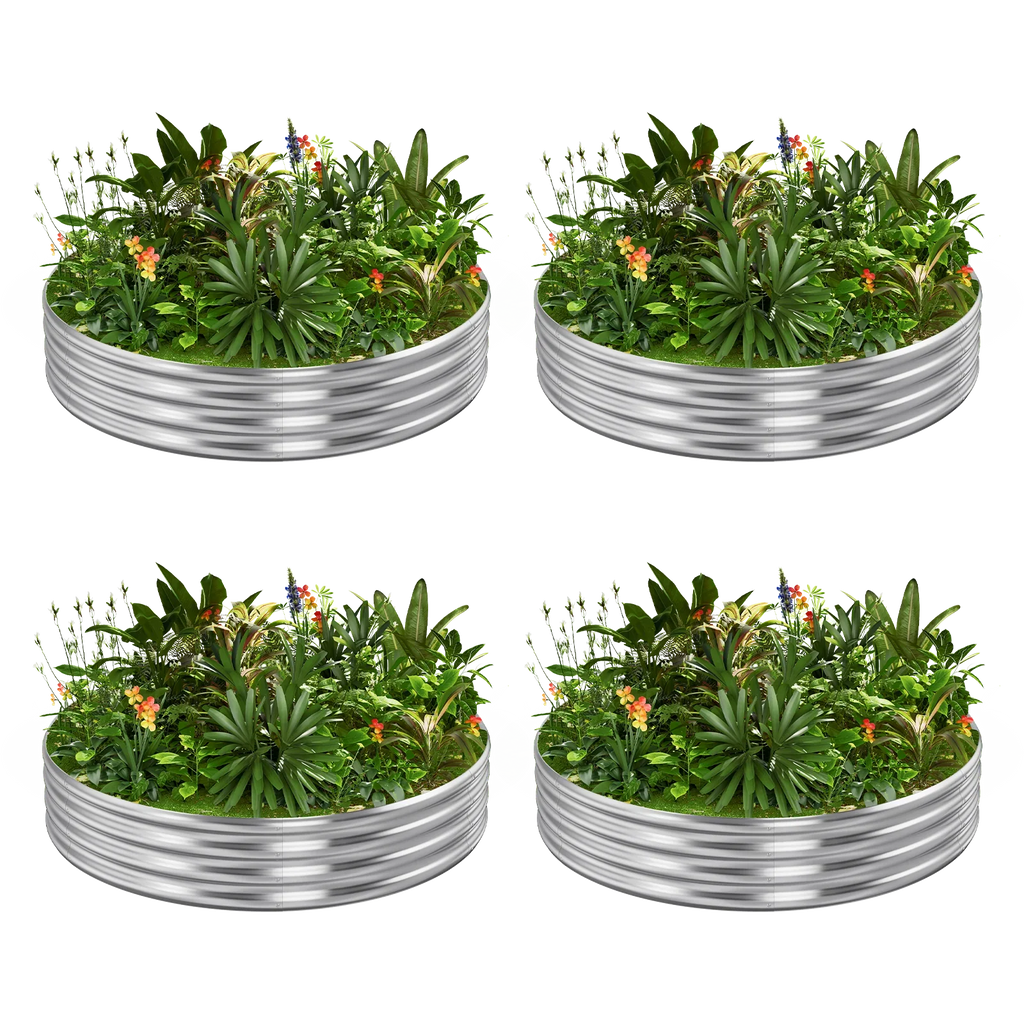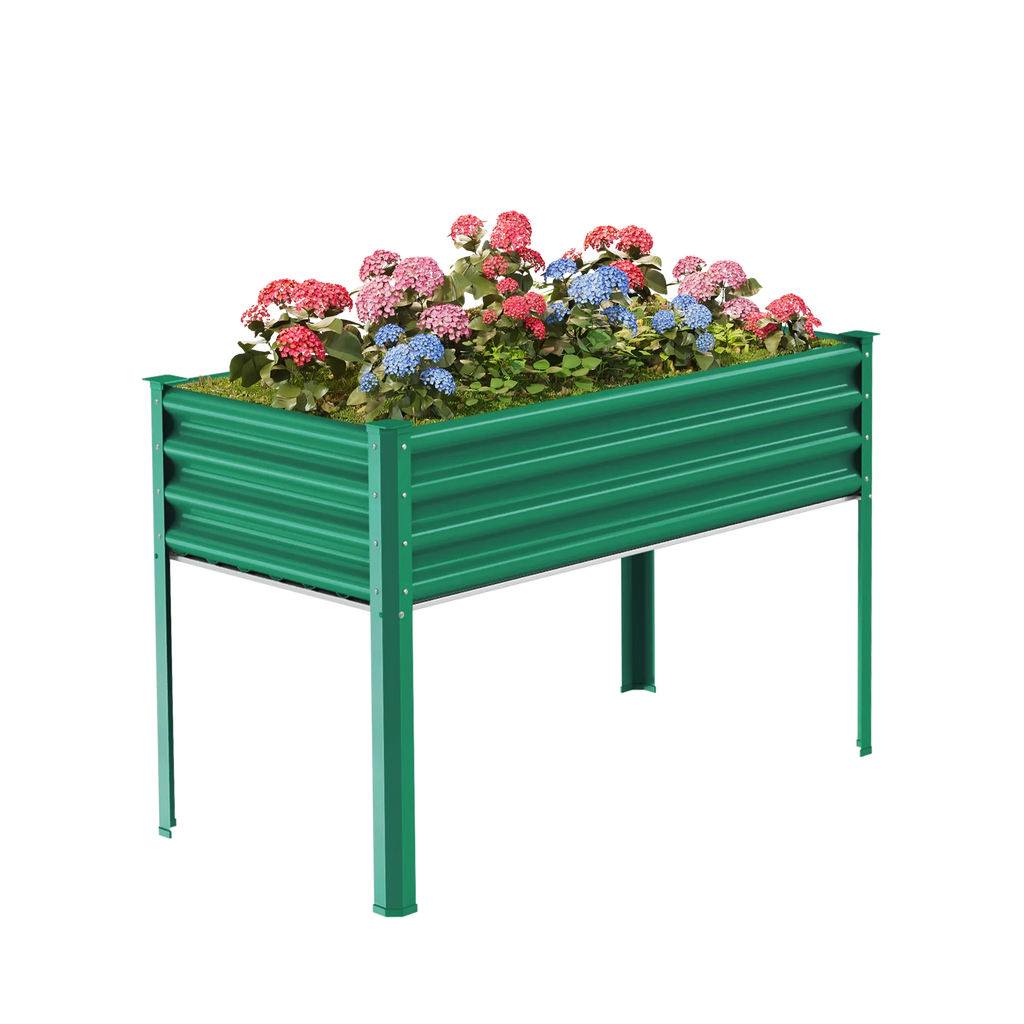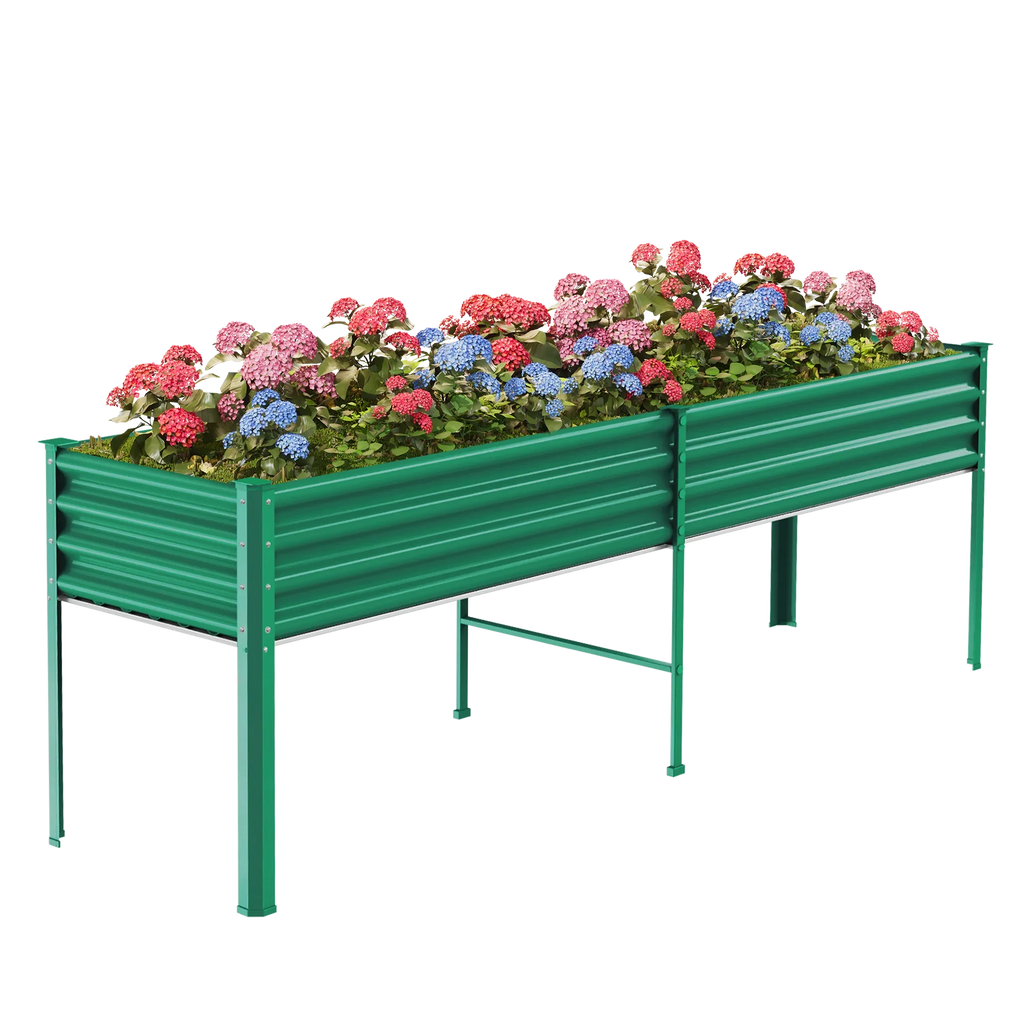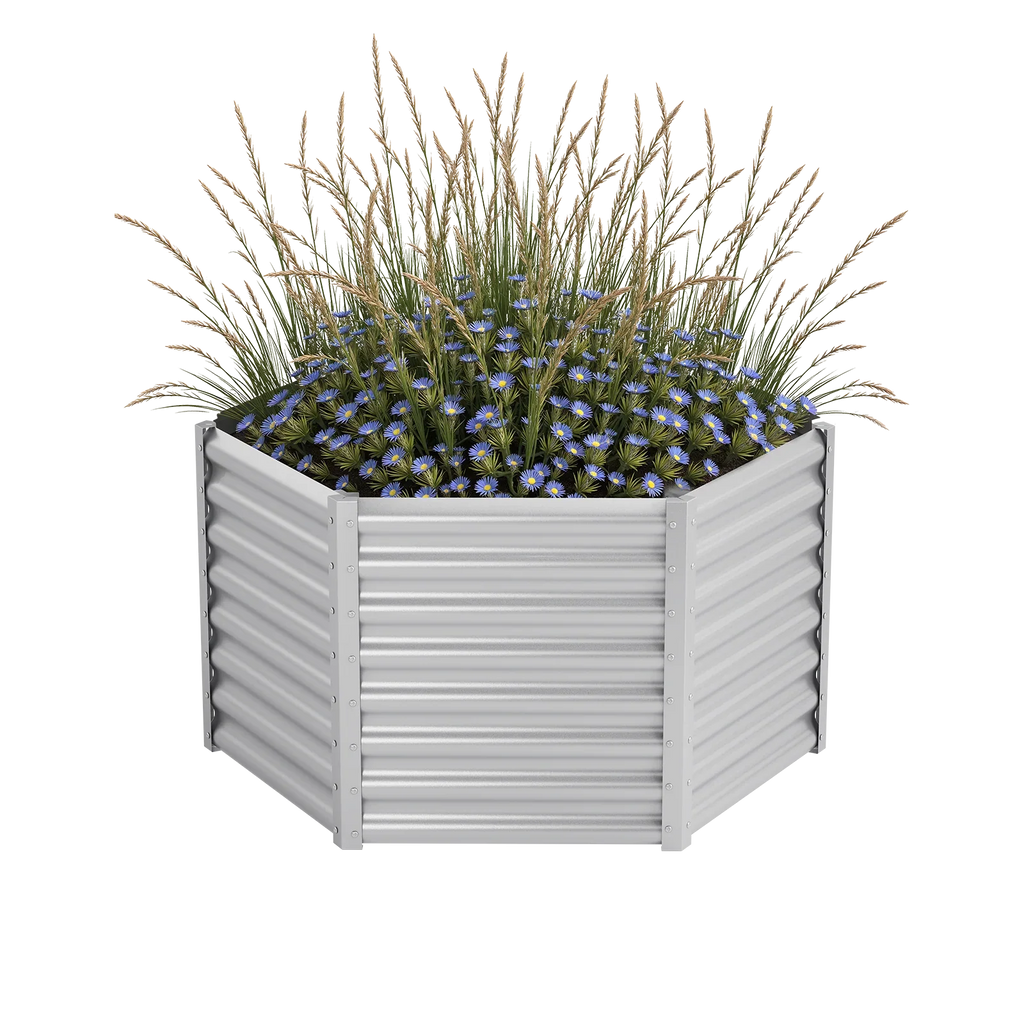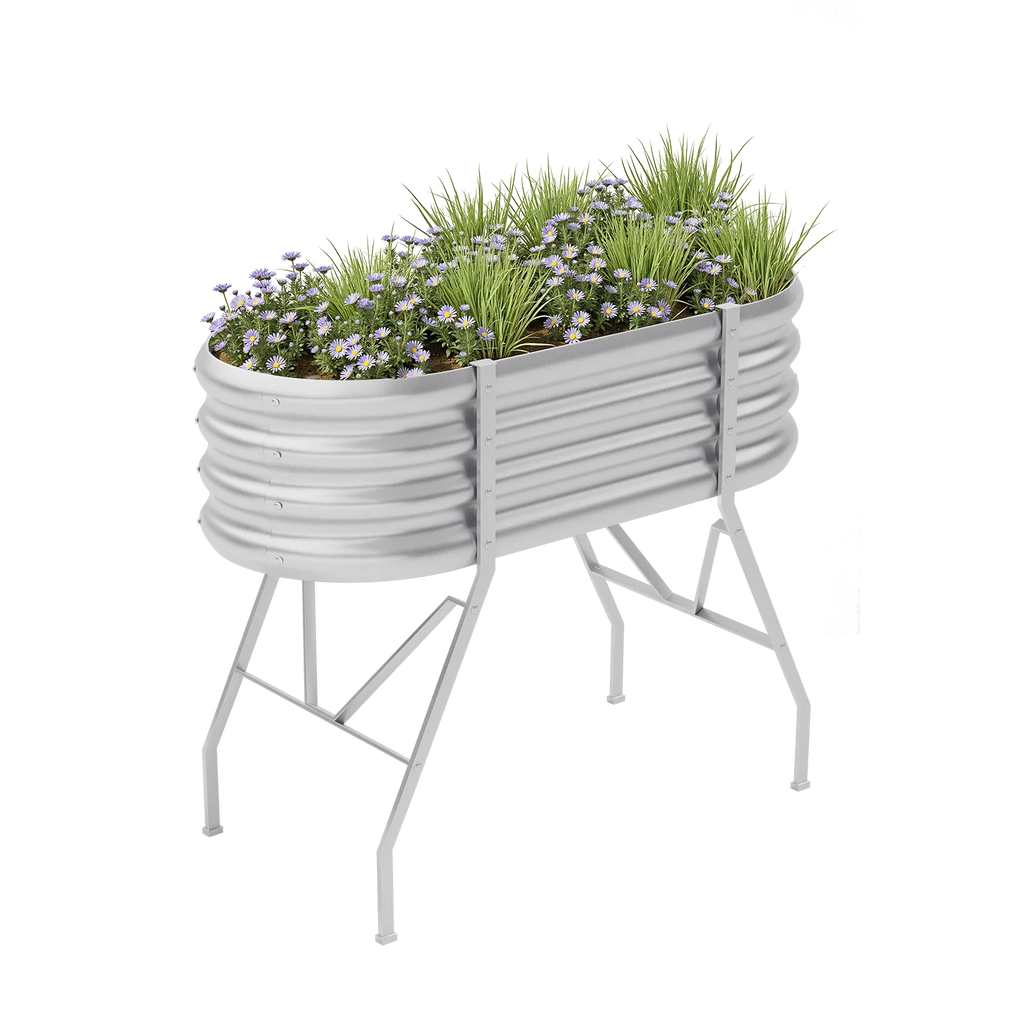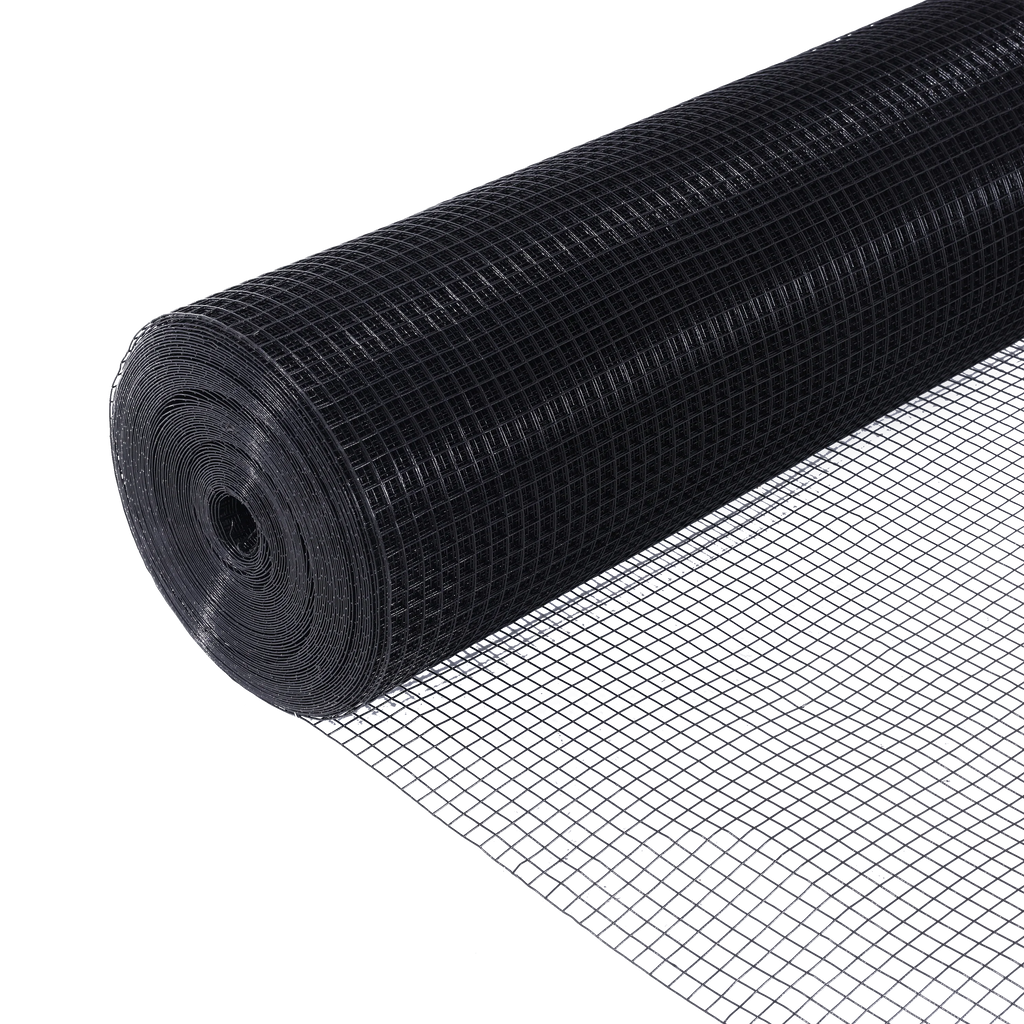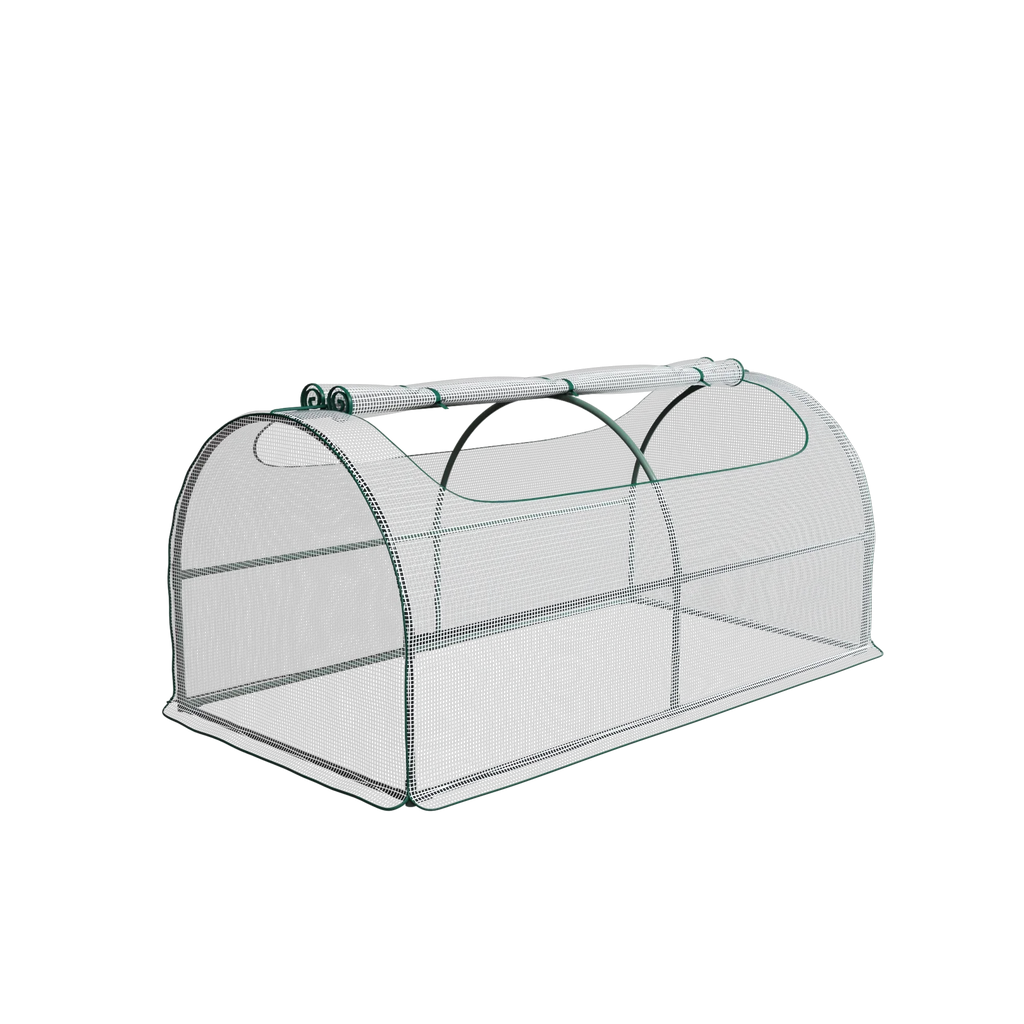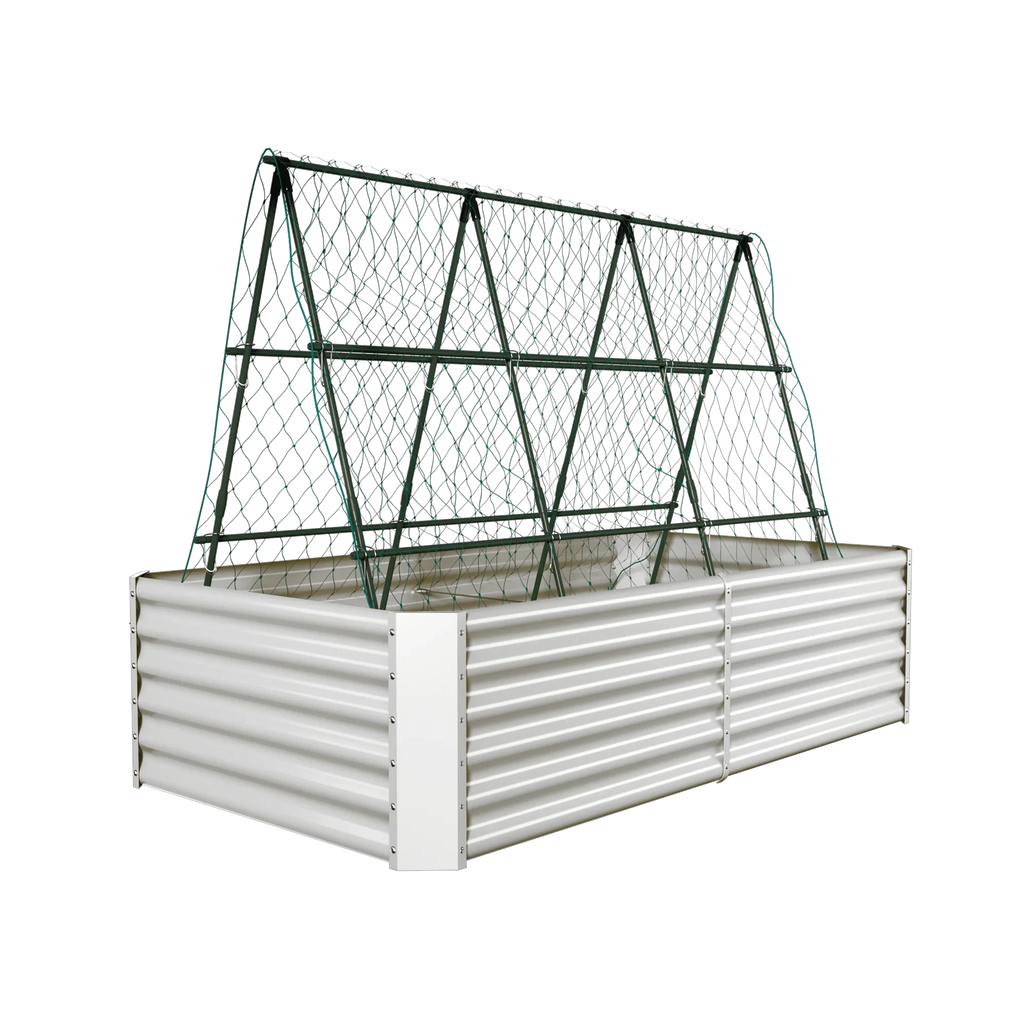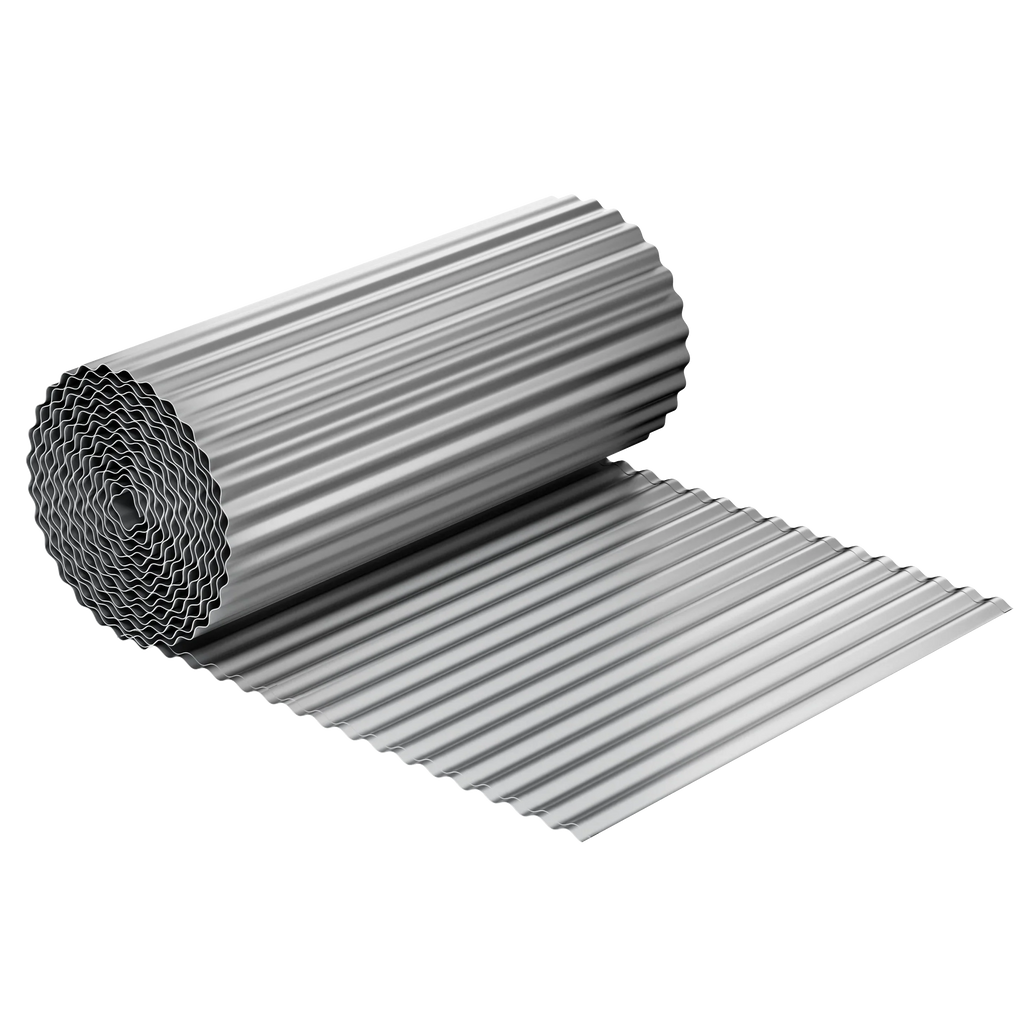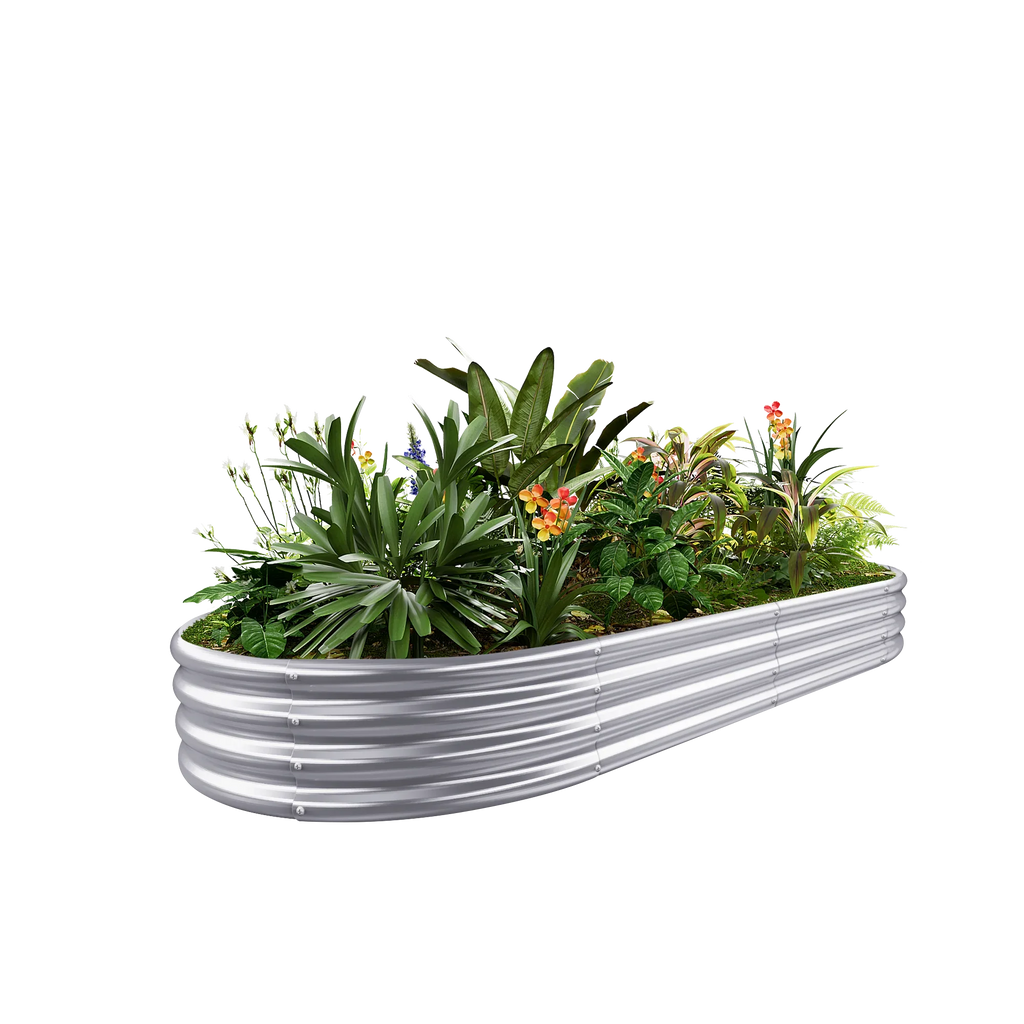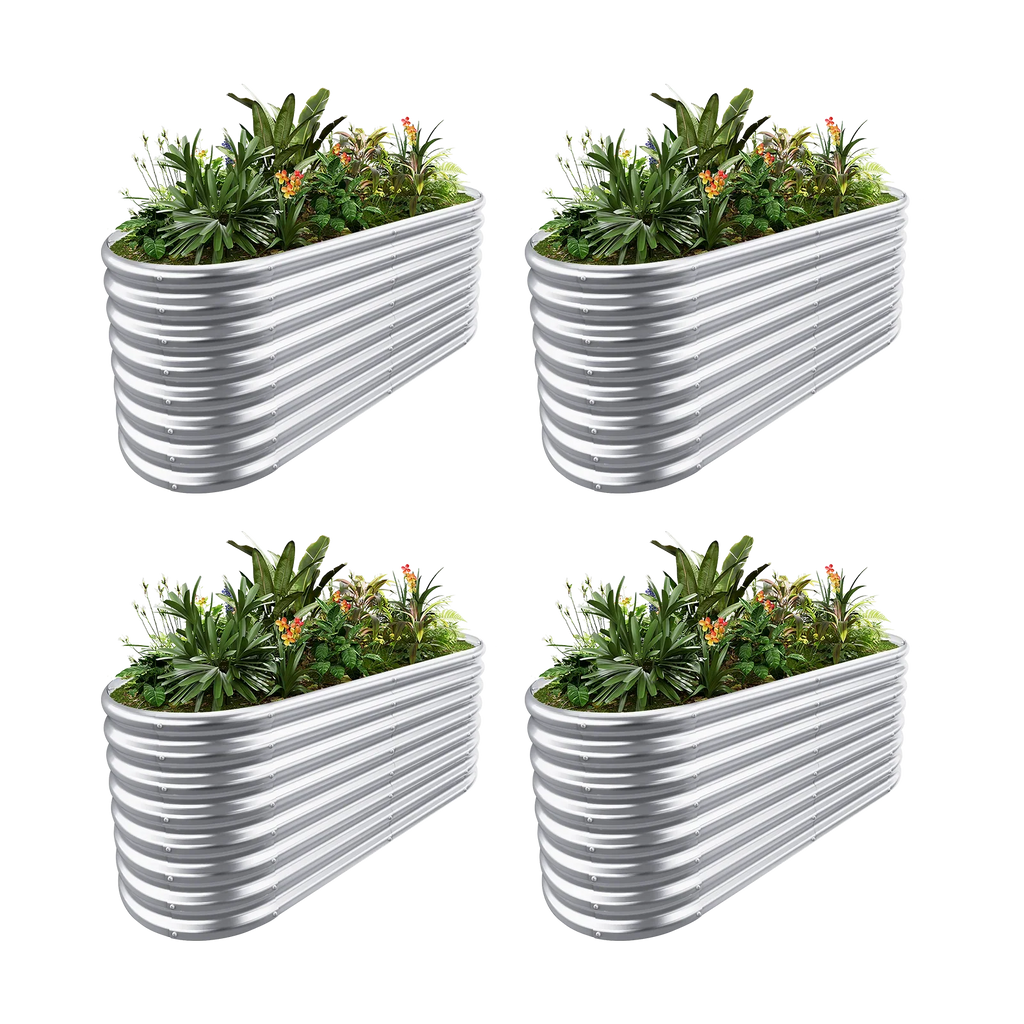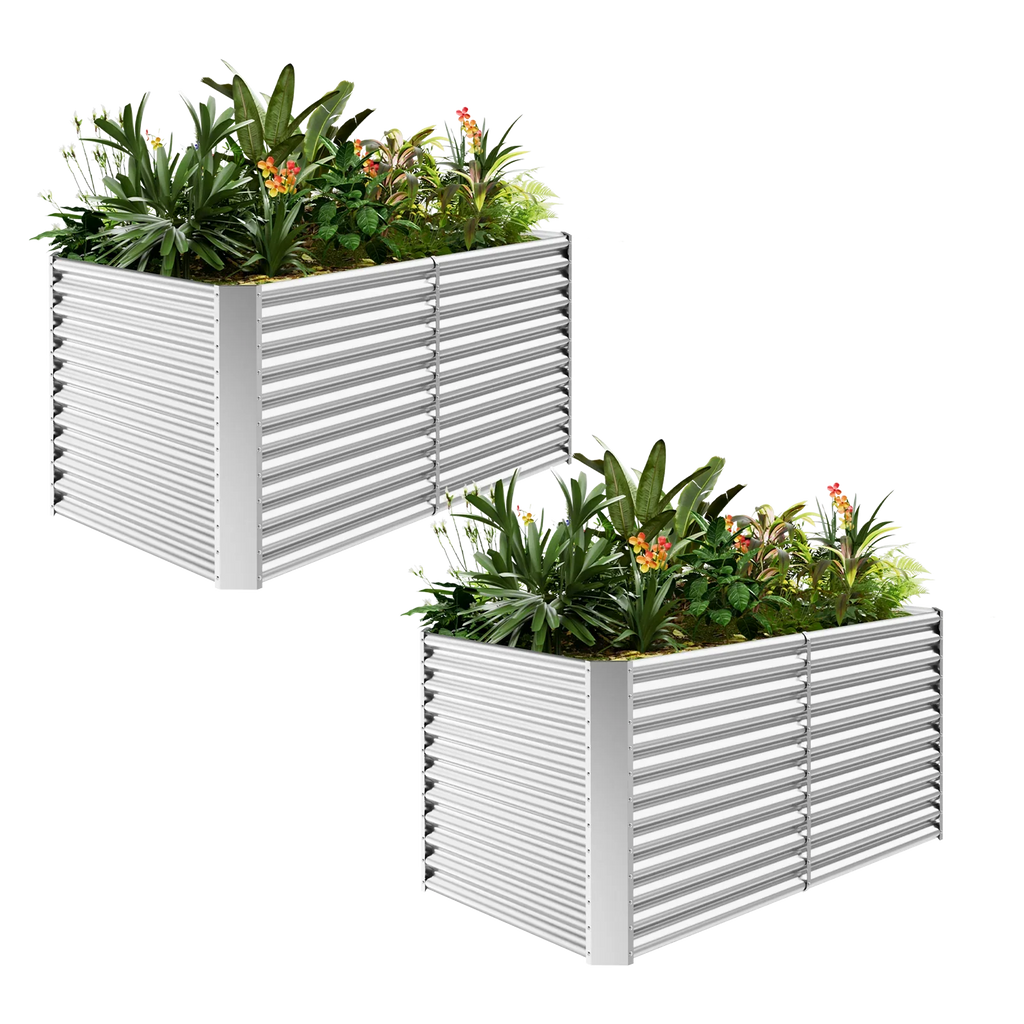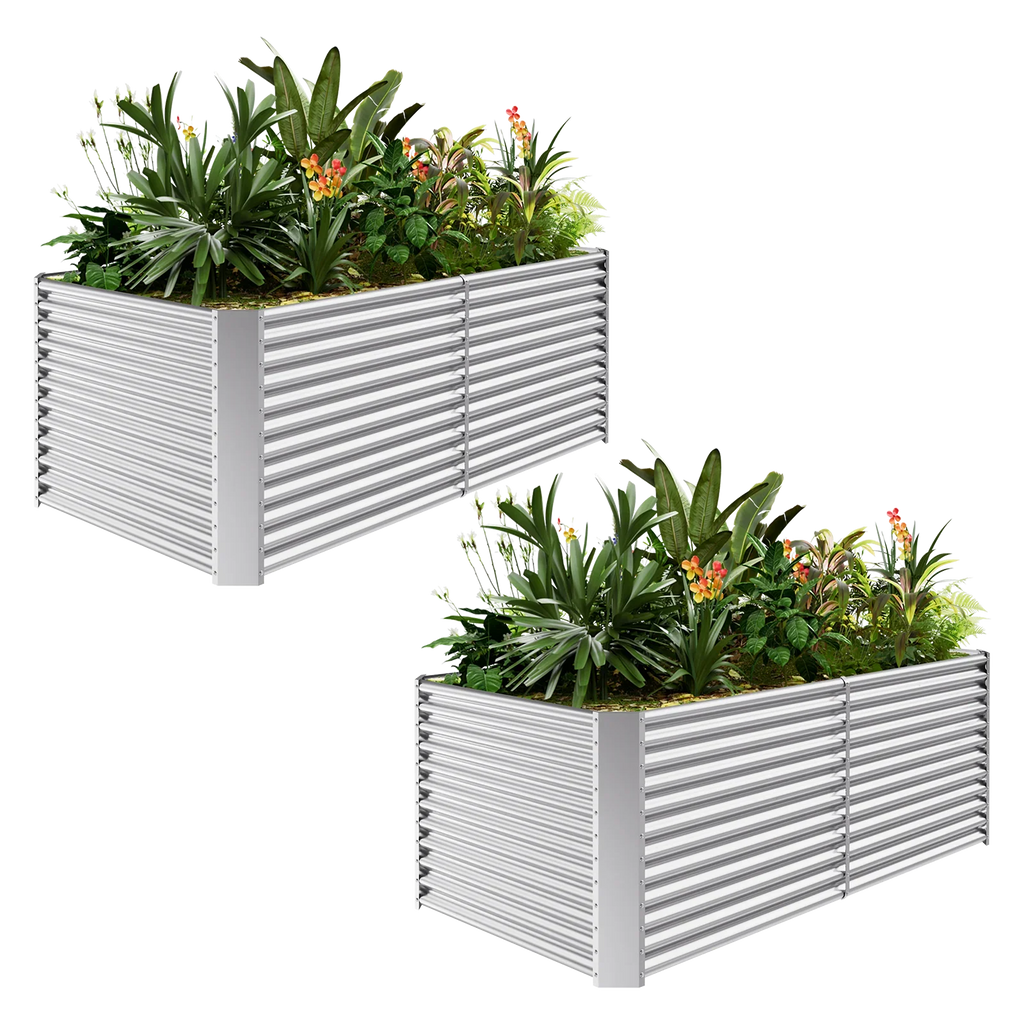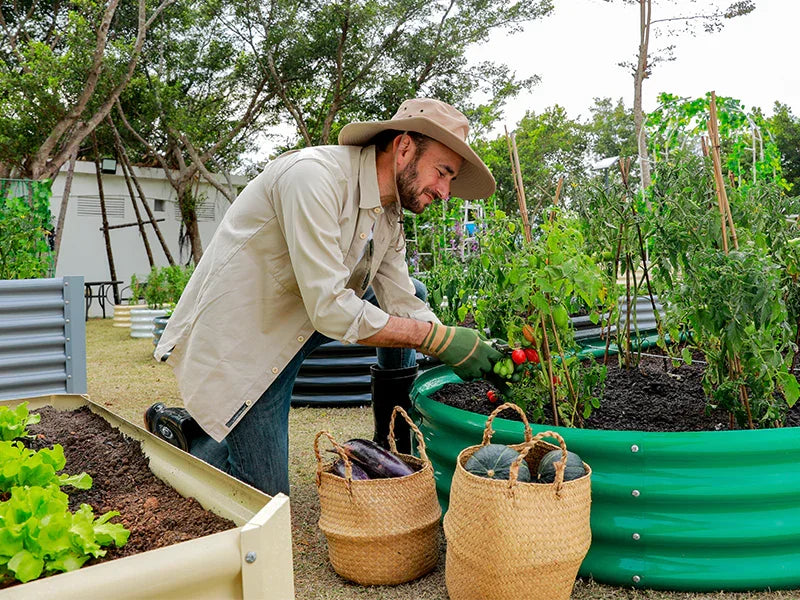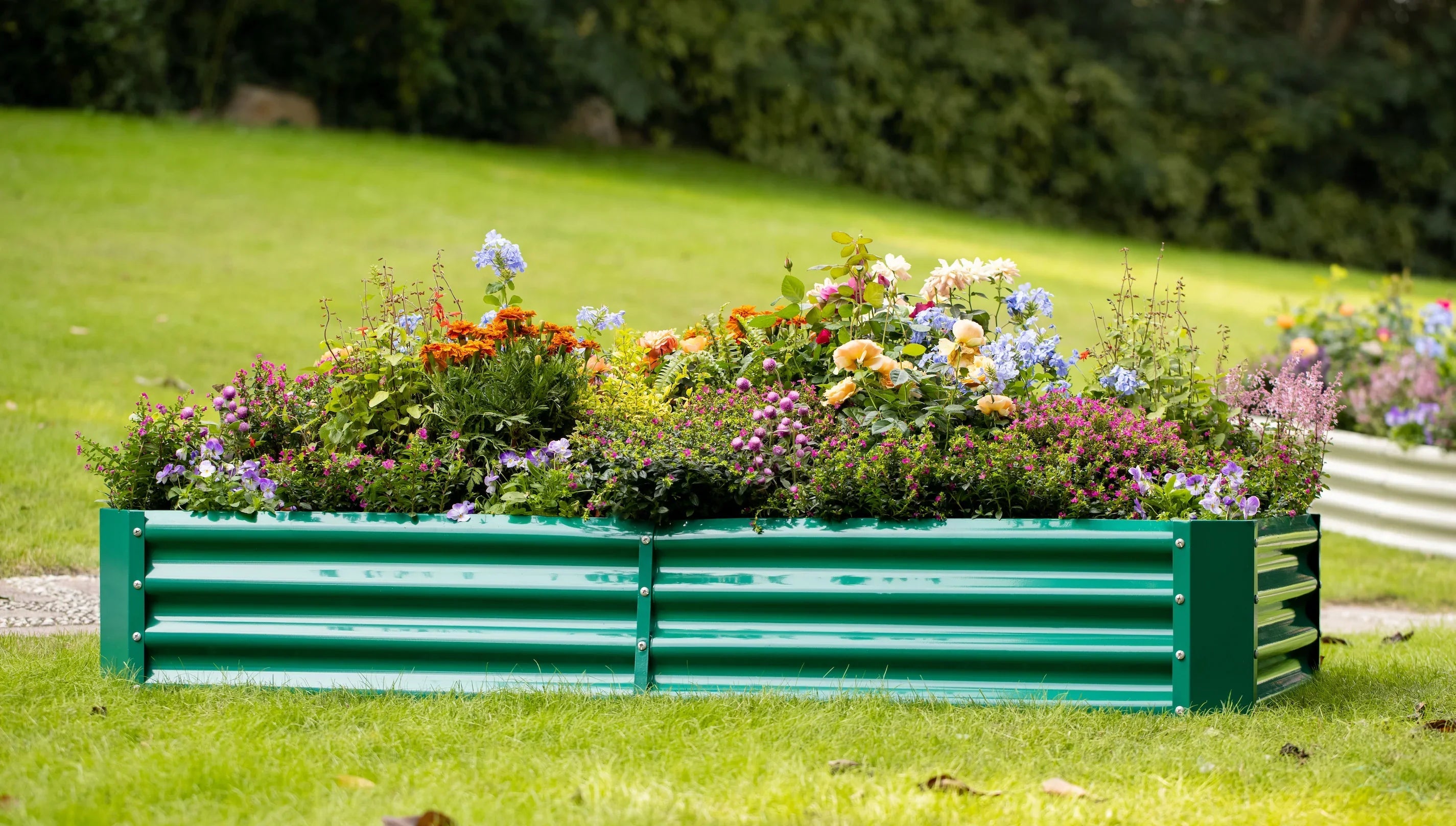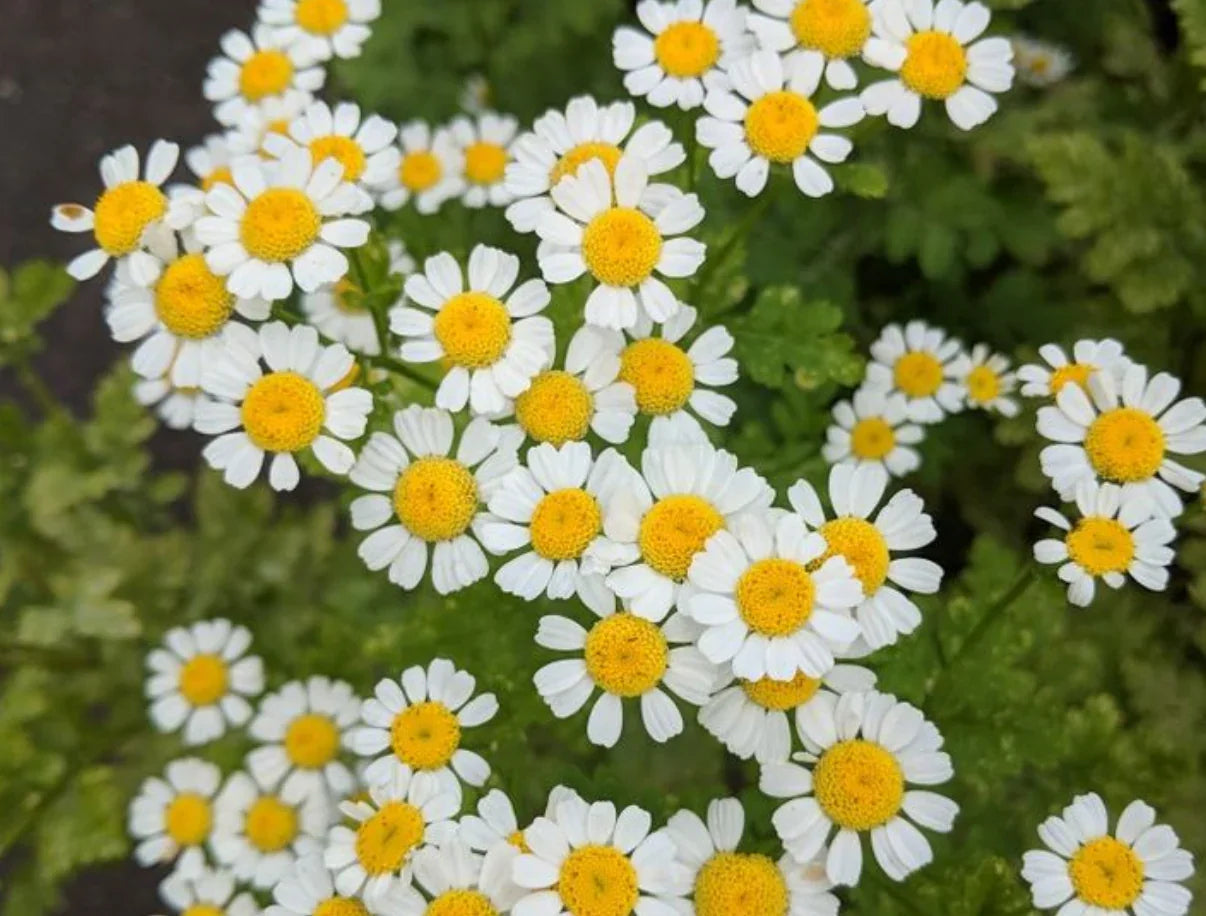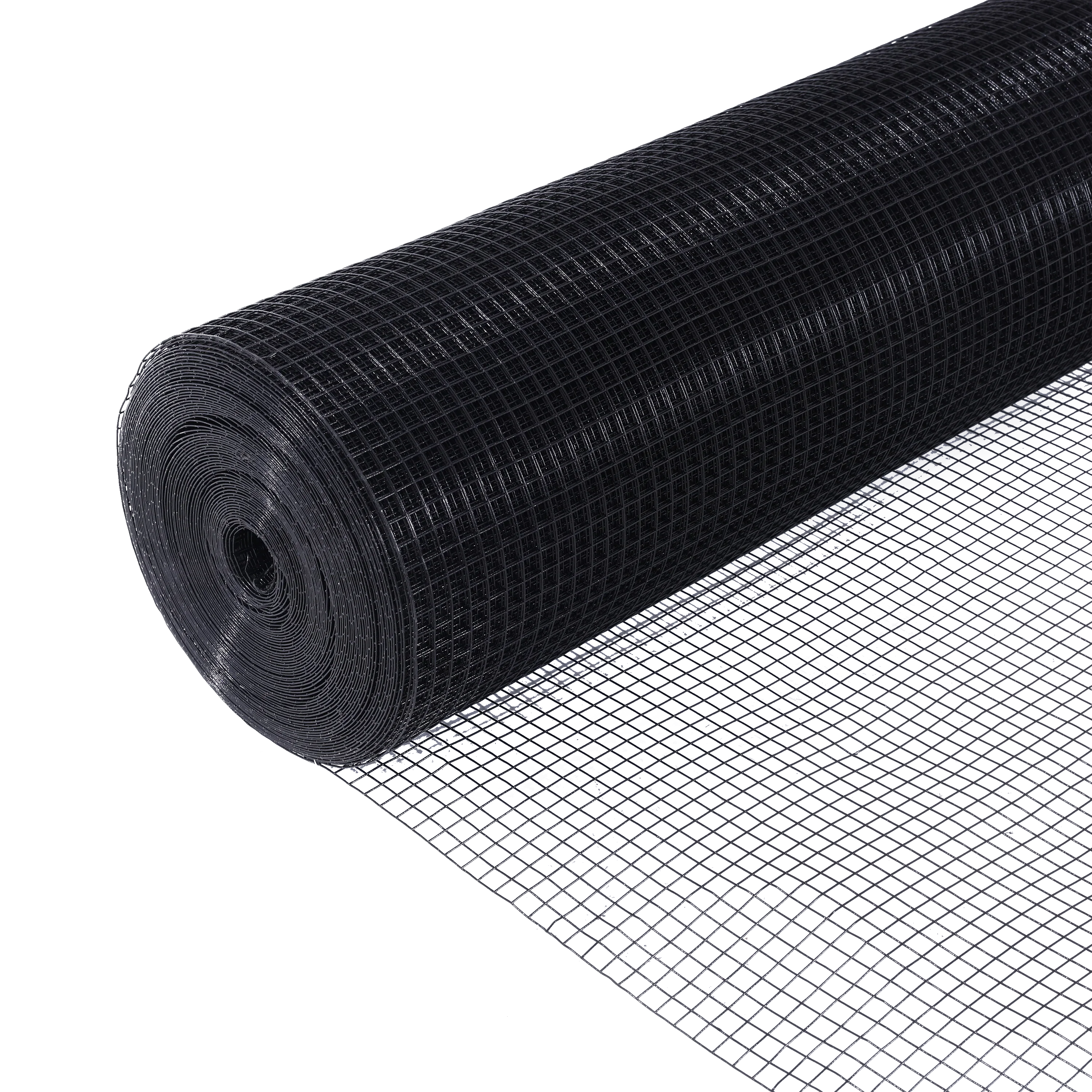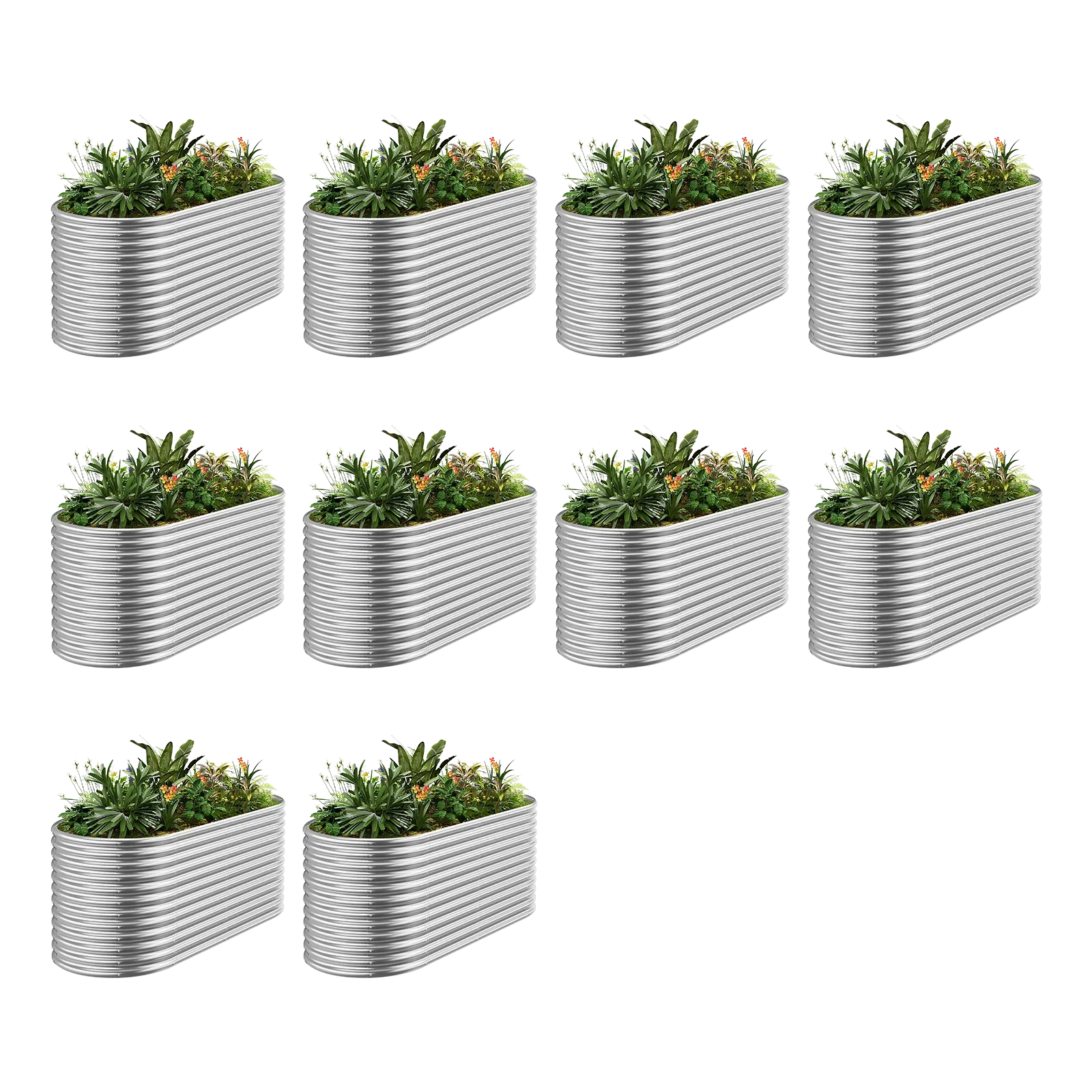Blueberries, packed with vitamin C and antioxidants, are a favorite for healthy eating. Growing them at home is increasingly popular, and raised garden beds offer an ideal solution due to their convenience and efficiency. Whether you’re a city dweller with limited space or a gardening novice, raised beds make blueberry cultivation accessible. This article shares 7 expert tips, from variety selection to harvest and storage, to help you achieve a bountiful blueberry harvest!
Why Choose Raised Garden Beds for Blueberries?
Raised garden beds provide distinct advantages for blueberry cultivation:
· Soil Control: Blueberries require acidic soil (pH 4.5-5.5), and raised beds allow precise soil customization.
· Superior Drainage: Prevents waterlogging, reducing the risk of root rot.
· Ease of Management: Elevated design minimizes bending, making it ideal for gardeners of all ages.
Raised beds also reduce weeds and soil pests, allowing you to focus on nurturing your blueberries.

Expert Tip 1: Select the Best Blueberry Varieties
With numerous blueberry varieties available, choosing the right one for your region and raised bed is critical. Common types include:
· Highbush Blueberries: Large, sweet berries suited for temperate climates, e.g., ‘Bluecrop.’
· Lowbush Blueberries: Compact plants ideal for cold regions and small raised beds.
· Half-High Blueberries: A hybrid with strong adaptability and productivity.
Refer to your USDA Hardiness Zone and consult local nurseries to ensure compatibility. Planting multiple varieties can enhance pollination and yield.
Expert Tip 2: Create an Acidic Soil Environment
Blueberries thrive in acidic, well-drained soil. A recommended soil mix includes:
· 50% peat moss (for acidity).
· 30% pine bark or compost (for aeration).
· 20% sand or perlite (for drainage).
Test soil pH with a meter and adjust if needed using elemental sulfur or aluminum sulfate to maintain a pH of 4.5-5.5. Avoid lime-based fertilizers, as they can raise soil pH.
Expert Tip 3: Design an Efficient Raised Bed
The design of your raised bed impacts blueberry growth. Key considerations:
· Size: Depth of 18-24 inches (45-60 cm), width of 3-5 feet (1-1.5 m) for easy access.
· Drainage: Include drainage holes and a 2-inch (5 cm) gravel layer at the base.
· Materials: Use non-toxic options like cedar wood or food-grade plastic to prevent chemical leaching.
A well-designed raised bed is both functional and aesthetically pleasing, providing a stable environment for blueberries.
Expert Tip 4: Master Proper Planting Techniques
The best time to plant blueberries is early spring or fall when temperatures are mild, promoting root establishment. Planting steps:
· Dig a hole as deep as the root ball and 1.5 times wider.
· Space plants 2-3 feet (60-90 cm) apart to ensure airflow and sunlight.
· Water thoroughly after planting and apply a 2-inch (5 cm) layer of pine needles or wood chips as mulch.
Keep roots moist during planting and avoid exposing them to air for too long.
Expert Tip 5: Precise Watering and Fertilizing
Blueberries need consistent moisture and nutrients:
· Watering: Water 1-2 times weekly, keeping soil moist but not waterlogged. Increase frequency during hot weather.
· Fertilizing: Use acidic fertilizers like ammonium sulfate or azalea-specific blends. Apply once in early spring and again in early summer.
A drip irrigation system can improve watering efficiency and conserve water.
Expert Tip 6: Regular Pruning and Pest Management
Pruning promotes healthy growth and high yields. Prune during the winter dormancy period:
· Remove old, dead, or crossing branches.
· Keep 3-5 strong main branches to maintain airflow.
Common pests and diseases, like anthracnose or aphids, can be managed with neem oil or soapy water sprays. Apply a 2-inch (5 cm) layer of pine needles or wood chips to retain moisture and suppress weeds.
Expert Tip 7: Protect Blueberries from External Threats
Ripe blueberries attract birds, so install bird netting with mesh smaller than 0.5 inches (1 cm). In cold climates, cover raised beds with straw or horticultural fleece during winter to protect roots from freezing. During drought or extreme heat, increase watering and provide temporary shade.
Harvesting and Storing Blueberries
Blueberries typically bear fruit 2-3 years after planting. Ripe berries are deep blue and detach easily. Harvesting tips:
· Pick in the morning for optimal sweetness.
· Handle gently to avoid bruising.
Store fresh blueberries in the refrigerator for 2-3 weeks. For longer storage, wash, dry, and freeze them for up to a year.
Conclusion
With these 7 expert tips, growing blueberries in raised garden beds is both simple and rewarding. From selecting varieties to protecting your harvest, each step is designed for success. Start building your raised bed today and enjoy the fruits of your labor!

